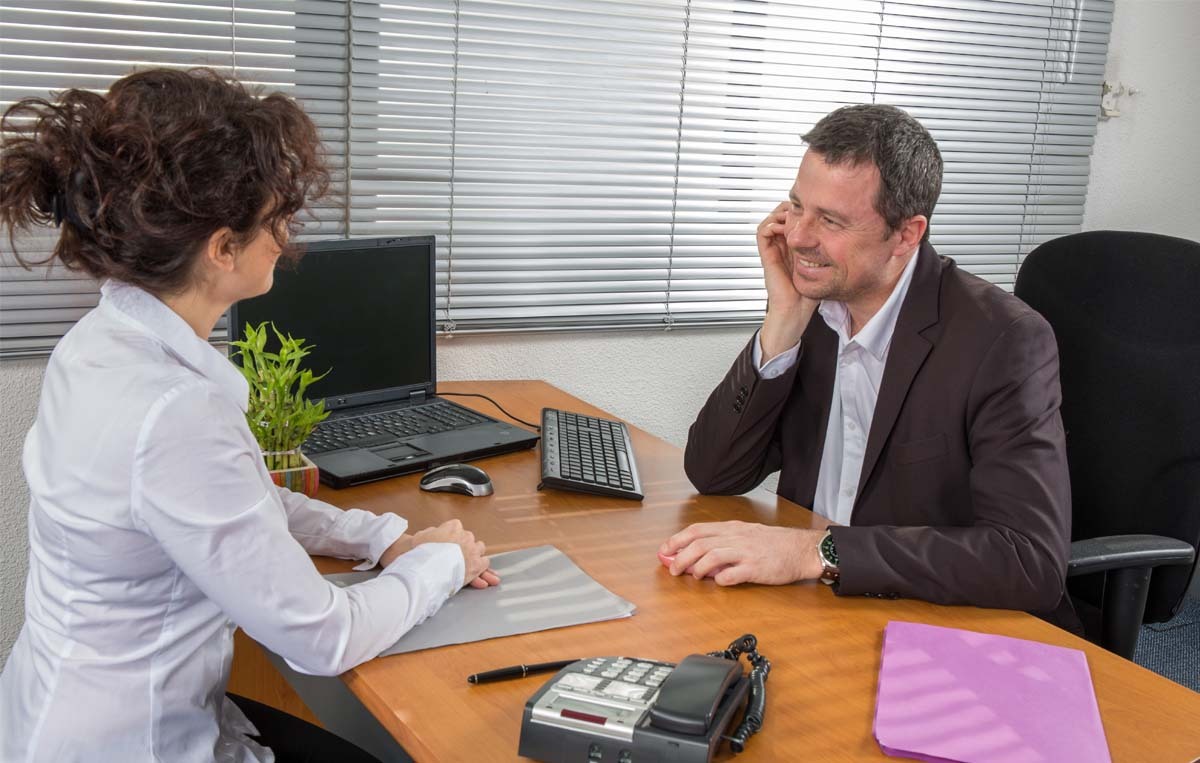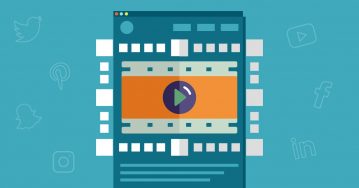You have an interview lined up and “need” to make it by all means.
We know how you feel.
Whether you’ve applied for an agency or a product-based company, graphic designing is one challenging role. Especially in an agency your responsibilities are multiplied as you handle various brands and styles.
A blend of creativity and marketing, graphic designing is a visual doorway through which you can entice your target audience.
Graphic designers, like you, don’t just need solid ideation and design principles but good interpersonal skills to collaborate with brand, content and digital marketing teams.
So let’s help you get prepared for that interview with our top graphic designer interview questions and answers.
The answers here are for your reference and meant to guide you on what to say. You can always alter them according to your work experience and background.
Common Questions and Answers Related to Graphic Designing
1. Why did you select a career in graphic designing?
You can answer this question by informing the interviewer about your creative passion and talent. You can take the passion back to the time when you were a kid or a teen.
If you have prior expertise or any achievement, you can highlight that to stress your point. Give examples from your life where you helped people on their small projects or built something creative.
2. How important is communication in the field of graphic designing?
Communication is an important aspect of graphic designing because a design exists to communicate with the consumers. The key goal of any design is to communicate with the consumers efficiently so that all the ideas are conveyed properly.
Communication with the team and colleagues is also equally important so that the development process is fair across all points.
3. What makes you a better graphic designer compared to others?
To answer this, you can tell the interviewer that you are highly creative, passionate, curious, open, good with constructive criticism, patient, and a multi-tasker, to name a few. The main idea is to explain your USP to the interviewer.
4. Tell me about a situation when you had to meet a tight deadline. What tactics did you use to deal with it?
Give an instance of any project where you had less time to deliver results and tell them the strategy you followed. Tell them the precise allocation of resources you have on hand and take them through the issues you faced and how you worked on them.
Graphic Designing Interview Questions to Measure Skills
5. What do you prioritize while making a design?
Here, the interviewer wants to know about your view as priorities vary from one designer to the other. You can select a particular priority and justify your selection to answer this. Some priority options to select from are:
- Design framework
- User engagement
- Content
- Usability
- Visual aesthetics
- Typography
Make sure that you give a reason for your choice.
6. Tell me the distinction between associative hatching and non-associative hatching in CAD?
Associative hatching generally moves with boundary, and if auto CAD crashes, there could be corrupt drawings. Non-associative hatching does not move with boundary, and there is no case of corrupt drawings upon CAD crash.
7. How is 3D graphic art helpful for designers?
3D Graphic Art can be described as a computer graphic animator used to make three-dimensional designs for movie animations, video games, etc. By making 3D models, the designers can easily visualize space and make accurate drawings. This helps pinpoint even the most minute details.
8. How well do you know Adobe Pagemaker?
Yes, I’m aware of Adobe Pagemaker. I’ve worked on it in my past jobs. It is very useful in fostering desktop publishing. We typically use it to construct professional documents such as brochures, e-books, visiting cards, reports, pamphlets, etc.
9. Name main components of graphic design.
The following are the key components of graphic design: line, shape, color, space, texture, scale, typography.
10. Tell the difference between a crossing polygon and a window polygon.
With the help of a window polygon, the designer can select objects inside the polygon. With a crossing polygon, the designer can select objects inside and around the border of the polygon.
11. What do we mean by Linked Layer?
With the help of Linked Layer in Photoshop, we can create a relational bond between the layers. The designer can also apply any changes to all the grouped layers.
12. What is meant by Lasso tool? Tell us the types of lasso tools.
Lasso tool is present in Photoshop, and it is used to select regions with no predefined shape. This tool is very common and is present in all editing software, and helps in the free selection of a region.
There are three main Lasso tools: standard lasso tool, polygonal lasso tool, and magnetic lasso tool.
13. Tell us some of the core principles of graphic design?
Some core principles of graphic design include:
- Contrast
- Proportion
- Rhythm
- Color
- Visual Hierarchy
- Proximity
14. What’s your understanding of core principles of graphic design?
- Color: Color is used to accentuate the mood of the design. It exhibits the tone of the design.
- Contrast: Through contrast, we can put together two or more distinct elements that are opposite in style, look, and color. This shifts the viewer’s focus on some important elements.
- Visual Hierarchy: This refers to allocating visual weights to different elements within a design. The differentiation can be done based on size, fonts, and texture.
15. Tell me about the basic composition laws followed by graphic designers.
Graphics designers follow five main composition laws, these are:
- Single visual
- The golden ratio
- The “Z” and “F” layout
- Focal point
- Grid design
16. What do you make of color theory?
Colors are crucial in communication brand identity. You can answer this question by gazing at the color theory of the company you are interviewing for. You can discuss the importance of color, your understanding of color theory, and your application to better brand identity communication.
17. How will you measure the success of your designs?
I usually take note of three key things that can give me an insight into the success of a design. These are:
- Brand engagement via design
- Engagement with customers, both new and old
- ROI based on data
18. What according to you is the main difference between designing for print media and digital media?
With print media, any changes in the final product are not viable. The design is not restricted to the color theory and the design elements but relies on the paper’s texture. The user can engage physically with the design.
With digital media, the designer can preview the design and change it even at the last moment. Design is navigable, clear, and quite intuitive. There is no scope for the physical reception of design.
Final Words
With the above-listed graphic designer interview questions and answers, you should be able to crack that interview.
Be prepared for all scenarios, from some general questions to get the conversation going to the in-depth technical questions.
Remember to be candid but not too casual. Most importantly, wear your confidence.
Design is crucial but scheduling the GIFs, videos and other posts you worked on so arduously is as important. Because if you don’t post at the right time, your audience might not get to see your awesome work.
SocialPilot can help you sort out all your social media marketing worries. Use it to schedule your social posts in advance, collaborate with your team and much more.
What’s more? It comes with a 14-day free trial. Try it now.


